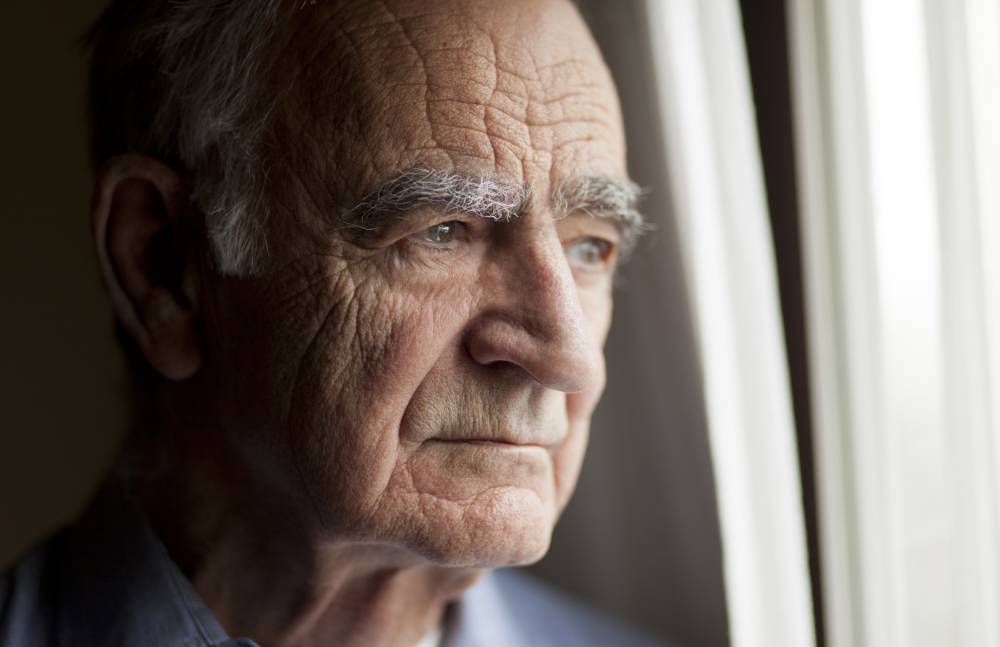
A Senate Inquiry will hear evidence today of government aged care funding contributing to overt profiteering by for-profit providers, putting residents and their care second to excessive corporate revenue within the sector.
Tax avoidance and profit shifting within the sector will be a key focus of the Australian Nursing and Midwifery Federation’s (ANMF) appearance at today’s Senate Inquiry into financial practices in Aged Care.
A joint ANMF report found Australian taxpayers, via Government funding, contribute around 70% of the expenditure in aged care in Australia. Last year, the six largest providers (Bupa, Opal, Regis, Estia, Japara, and Allity) received over AUD $2.17 billion in government subsidies – which helped provide 72% of their total revenue.
The Committee has heard from Allity and will today seek answers from Opal, Estia and Japara. Bupa and Regis will not be making an appearance.
General Secretary of NSW Nurses and Midwives’ Association (NSWNMA), Brett Holmes said it was time the public saw this blatant disregard for our elderly and demand the government do more to regulate funding for the sector.
“The aged care sector is in a staffing crisis, yet for-profit providers are profiteering from Commonwealth funding and avoiding paying their fair share of tax,” said Mr Holmes.
“It’s time to put an end to this corporate welfare and make sure taxpayers’ money is tied to care. Operators should only receive taxpayer funding if they can prove it will be spent on residents, not for the purpose of boosting their profit margins.
“It is not for providers to self-regulate this issue. This is an industry that provides care to the most vulnerable. Therefore, the same protections afforded to children, must also be afforded to the elderly. Mandated ratios of staffing and skills mix that is determined by an evidence-based model of care and regulated must be applied to the sector.”
Of particular concern to the NSWNMA is the cost-saving exercise by for-profit providers to reduce nursing hours, which is resulting in a dilution of skill mix across the sector.
According to the Australian Institute of Health and Welfare, around 55% of residents in residential aged care facilities are now assessed as having high complex healthcare needs, a rise of over 40% since 2009. However, during the same period there has been a 5% decrease in the number of nurses within the skills mix and 7% increase in unlicensed personal care workers.
An equivalent scenario has recently been brought to the attention of the NSWNMA at Japara’s Wyong Aged Care Facility, which may see a reduction of 5.5 full time equivalent nursing positions. This is just one of the many workload issues the NSWNMA is currently addressing in aged care.
In a show of support for mandated ratios in the sector and to call for an end to corporate welfare, aged care workers on the Central Coast will be joining together from 11am today at Bateau Bay.